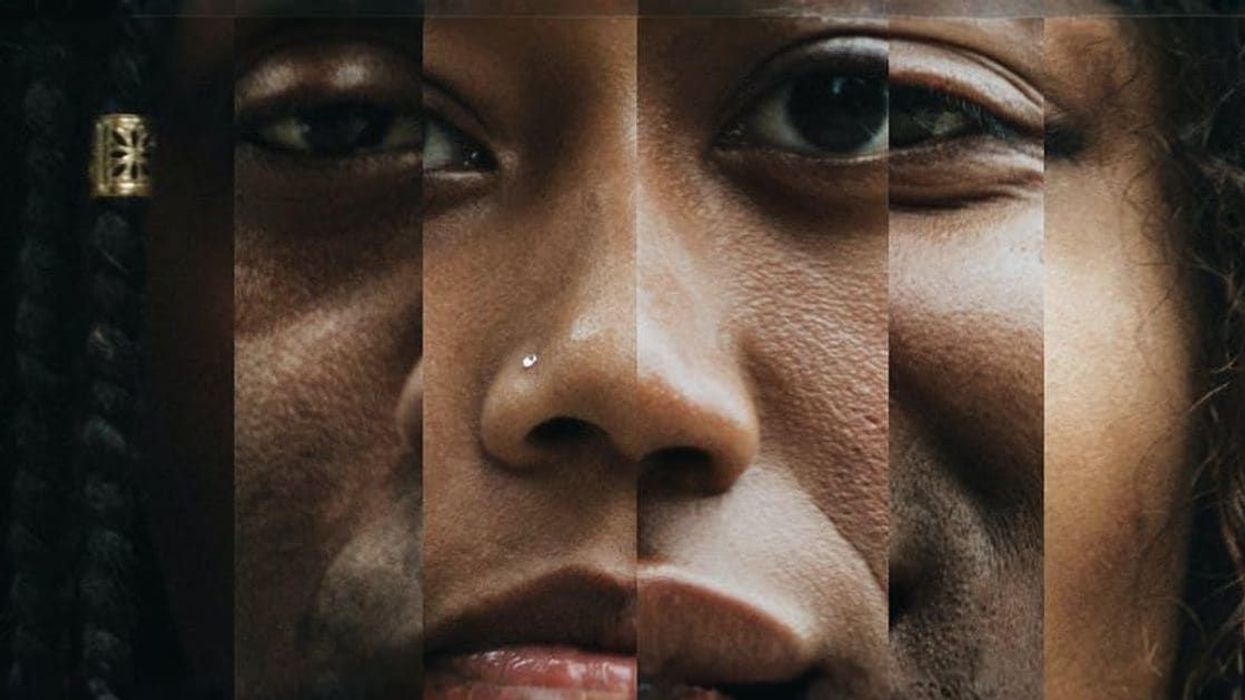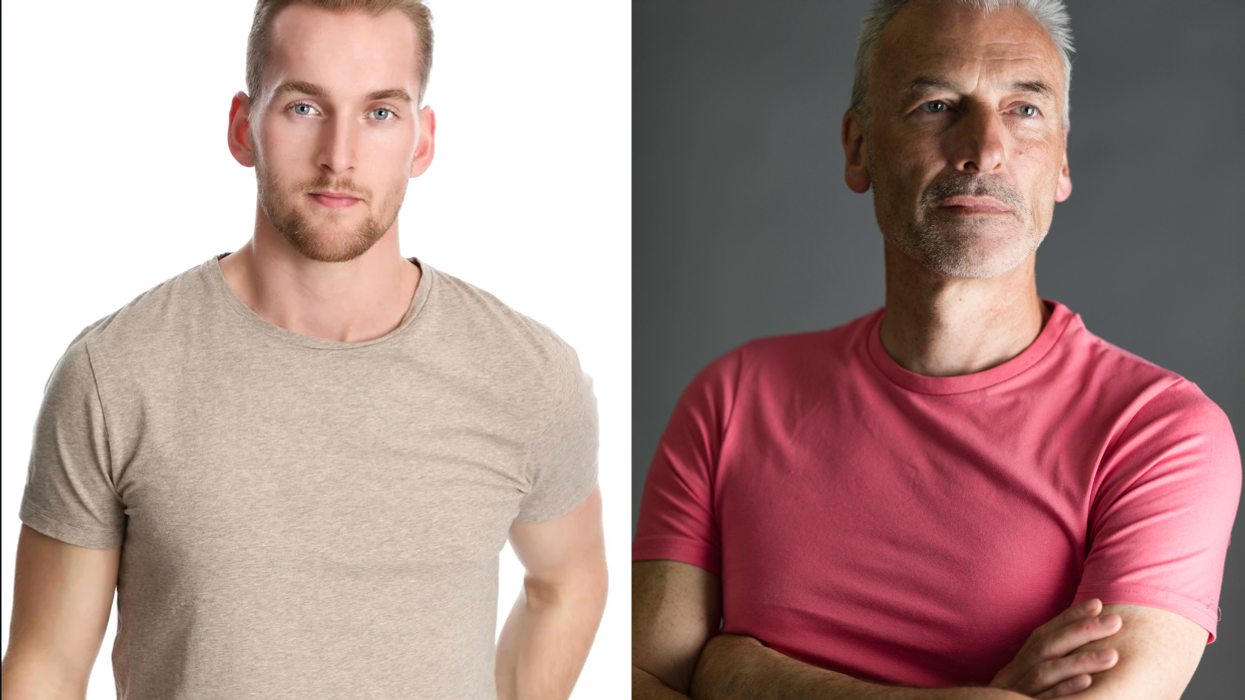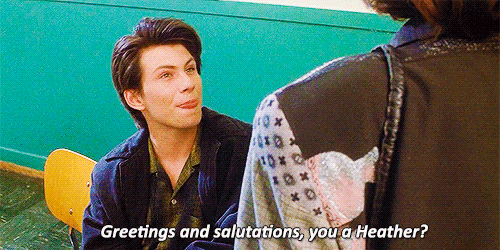On Thursday, December 9, 2010, one day after the DREAM Act passed in the House, the Senate voted to table the discussion until the following week. It's another setback for the effort to create a path to citizenship for undocumented young people who complete either two years of military service or attain a college degree.
Since the summer of 2010, the photographer Mark Abramson has been following the ongoing story of the DREAM Act, collecting images of young people who have "come out" about their immigrant status. "I originally was sent on a quick assignment by the Washington Post to cover some of the rallies in front of the White House," says Abramson. "I wanted to learn more about these undocumented youth that were coming out and speaking about their status openly. I followed them everywhere for weeks. They were gracious enough to let me in to their residencies and document their lives and follow them around the city.
"After leaving D.C. at the end of the summer to go and work in Milwaukee, I continued to follow the movement and report from the Midwest for the Journal Sentinel. This is an ongoing personal project that I plan on evolving and growing."
What follows is a selection of photographs from Mark Abramson's ongoing series, DREAM.
















 Gif of young girl looking at someone suspiciously via
Gif of young girl looking at someone suspiciously via 

 A bartender makes a drinkCanva
A bartender makes a drinkCanva


 Woman drinking in the morning air.Photo credit
Woman drinking in the morning air.Photo credit  Coffee.Photo credit
Coffee.Photo credit  A cup of tea.Photo credit
A cup of tea.Photo credit  Woman drinks morning brew.Photo credit
Woman drinks morning brew.Photo credit 

 Two young women hang out in a 1980s-themed roomCanva
Two young women hang out in a 1980s-themed roomCanva  Gif from the movie "Heathers" via
Gif from the movie "Heathers" via